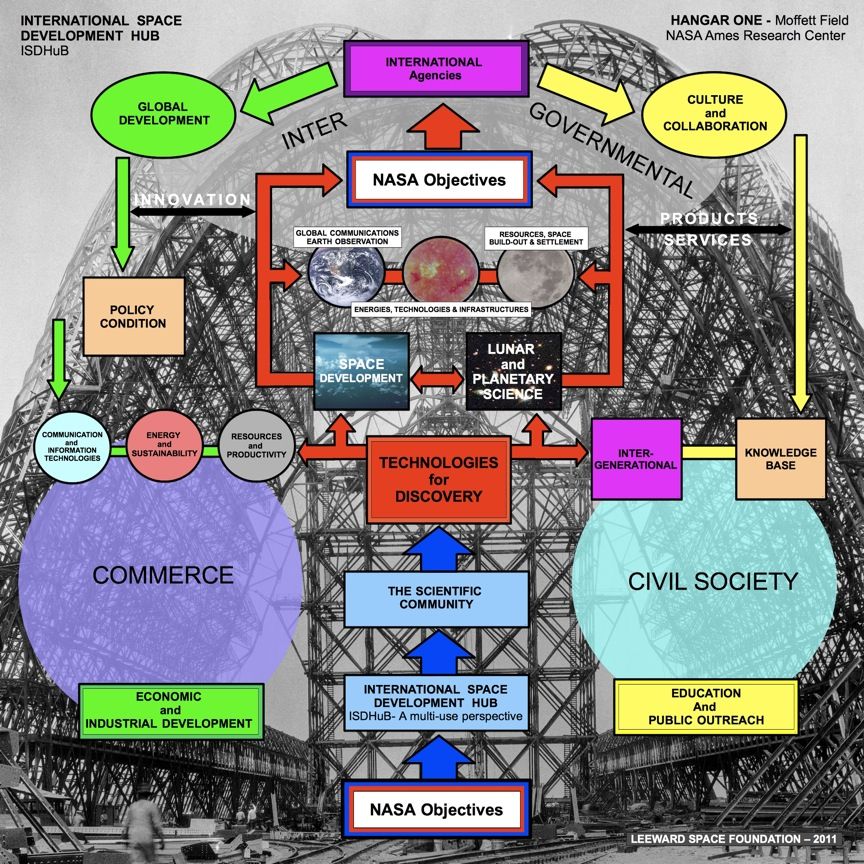Feb 12, 2012
Badly designed to understand the Universe — CERN’s LHC in critical Reflection by great Philosopher H. Maturana and Astrophysicist R. Malina
Posted by LHC Kritik in categories: complex systems, cosmology, education, engineering, ethics, existential risks, futurism, media & arts, particle physics, philosophy, physics, scientific freedom, sustainability
Famous Chilean philosopher Humberto Maturana describes “certainty” in science as subjective emotional opinion and astonishes the physicists’ prominence. French astronomer and “Leonardo” publisher Roger Malina hopes that the LHC safety issue would be discussed in a broader social context and not only in the closer scientific framework of CERN.
(Article published in “oekonews”: http://oekonews.at/index.php?mdoc_id=1067777 )
The latest renowned “Ars Electronica Festival” in Linz (Austria) was dedicated in part to an uncritical worship of the gigantic particle accelerator LHC (Large Hadron Collider) at the European Nuclear Research Center CERN located at the Franco-Swiss border. CERN in turn promoted an art prize with the idea to “cooperate closely” with the arts. This time the objections were of a philosophical nature – and they had what it takes.
In a thought provoking presentation Maturana addressed the limits of our knowledge and the intersubjective foundations of what we call “objective” and “reality.” His talk was spiked with excellent remarks and witty asides that contributed much to the accessibility of these fundamental philosophical problems: “Be realistic, be objective!” Maturana pointed out, simply means that we want others to adopt our point of view. The great constructivist and founder of the concept of autopoiesis clearly distinguished his approach from a solipsistic position.









